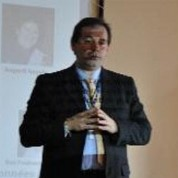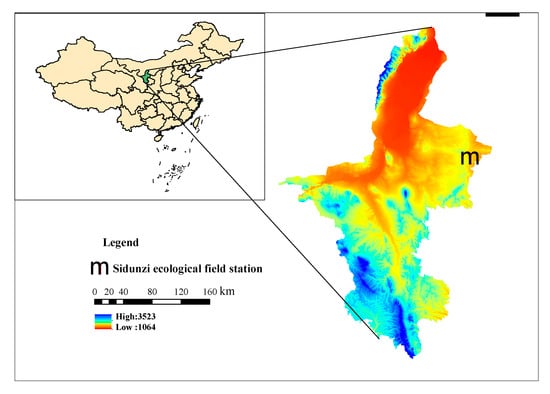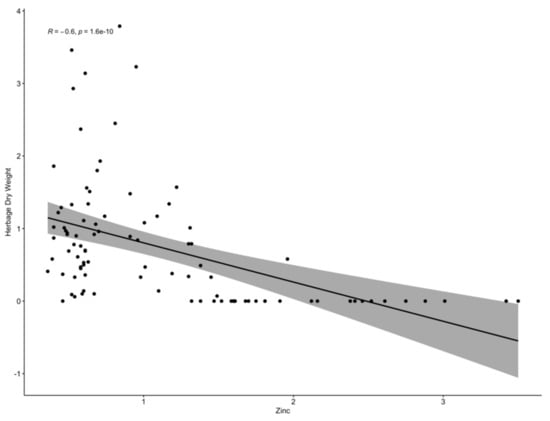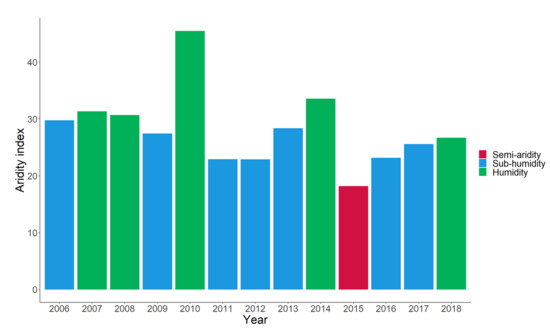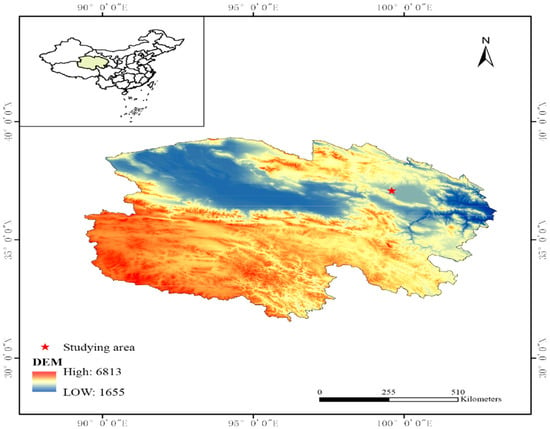Agro-Ecology for Grassland-Based Farming Systems
A topical collection in Agronomy (ISSN 2073-4395). This collection belongs to the section "Grassland and Pasture Science".
Viewed by 9760
Editor
Interests: agricultural and environmental climatology; biogeochemical fluxes; hydro-meteorology
Special Issues, Collections and Topics in MDPI journals
Topical Collection Information
Dear Colleagues,
At the heart of the international debate on the transformation of agri-food systems, agro-ecology attempts to adapt solutions (e.g., the configuration of integrated crop–livestock systems) to local ecological contexts. The application of ecological concepts and principles to the design and management of agro-ecosystems can improve sustainable agriculture through a better use of existing resources and technologies by finding synergies between plants, soil, climate and management practices. This Special Issue aims to exhibit that changes in the agronomic rationale are possible in the reinvention of farming systems using agro-ecological engineering approaches combining several methods of knowledge production, including analytical (decontextualised) methods such as experimentation and on-farm observations, and holistic (contextualised) methods based on participatory approaches with stakeholders.
Contributions that correspond to the scope of the Special Issue include, but are not limited to:
- Resilience and regeneration ability of functionally diverse vegetation;
- Management of natural resources such as soil, water, atmosphere and energy;
- Maintenance of the ecological harmony of agricultural production;
- Complementarity effects of plant species diversity (including catch crops) on production;
- Resource capture strategies of plants (low-input farming and the role of mycorrhizal fungi);
- Environmental footprint of farming systems;
- Role of surrounding landscape structures (e.g., hedges, grass strips and ditches).
Methodological contributions, case studies and modelling advances are welcomed, with the aim to (i) highlight the role of plant functional diversity in agroecosystem performance, (ii) assess the complementarity of grasslands with other surfaces to secure agricultural systems, (iii) analyse the links between practices, principles and properties, and (iv) to illustrate and redesign paths in line with agro-ecological trajectories.
Dr. Gianni Bellocchi
Collection Editor
Manuscript Submission Information
Manuscripts should be submitted online at www.mdpi.com by registering and logging in to this website. Once you are registered, click here to go to the submission form. Manuscripts can be submitted until the deadline. All submissions that pass pre-check are peer-reviewed. Accepted papers will be published continuously in the journal (as soon as accepted) and will be listed together on the collection website. Research articles, review articles as well as short communications are invited. For planned papers, a title and short abstract (about 100 words) can be sent to the Editorial Office for announcement on this website.
Submitted manuscripts should not have been published previously, nor be under consideration for publication elsewhere (except conference proceedings papers). All manuscripts are thoroughly refereed through a single-blind peer-review process. A guide for authors and other relevant information for submission of manuscripts is available on the Instructions for Authors page. Agronomy is an international peer-reviewed open access monthly journal published by MDPI.
Please visit the Instructions for Authors page before submitting a manuscript. The Article Processing Charge (APC) for publication in this open access journal is 2600 CHF (Swiss Francs). Submitted papers should be well formatted and use good English. Authors may use MDPI's English editing service prior to publication or during author revisions.
Keywords
- agricultural production
- complementarity effects
- environmental footprint
- functional diversity
- grassland–livestock systems
- landscape structures
- low-input farming
- natural resources
- resilience and regeneration
- role of mycorrhizas




